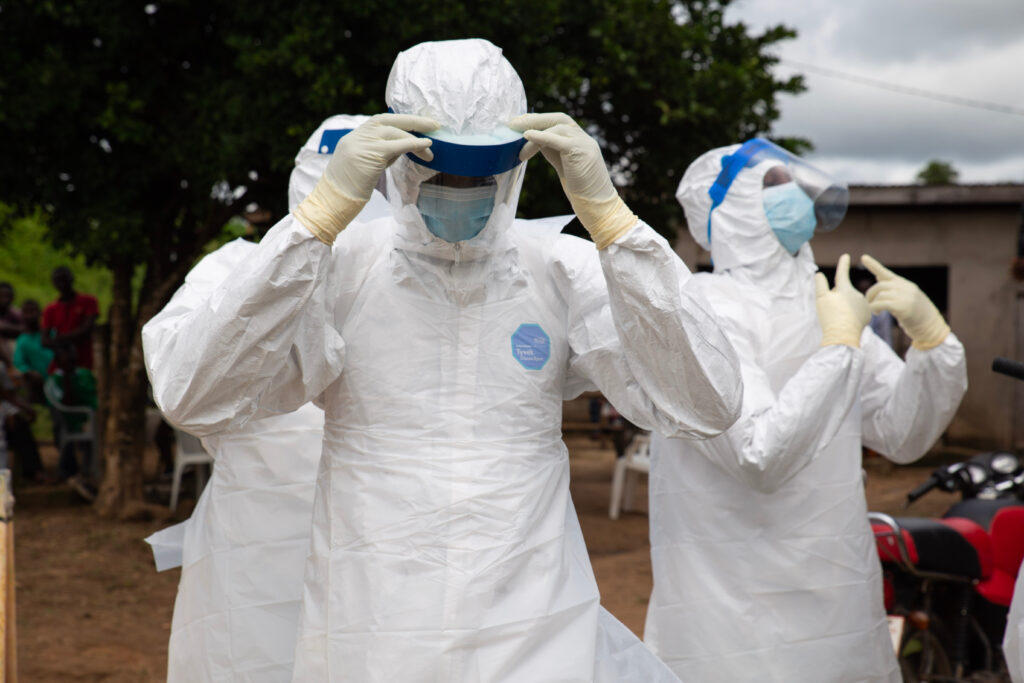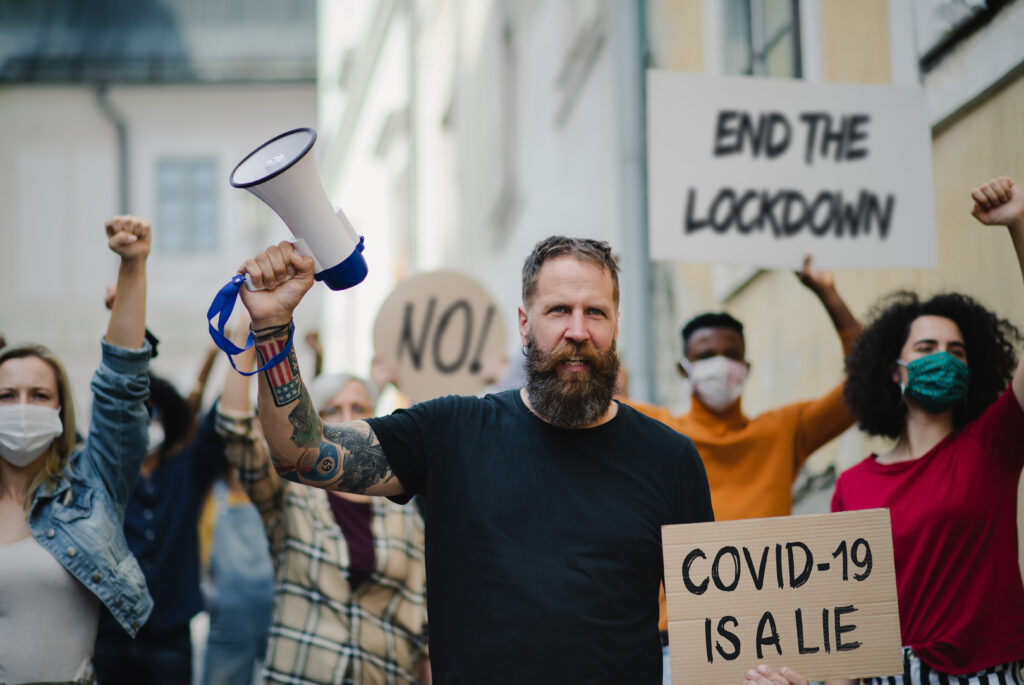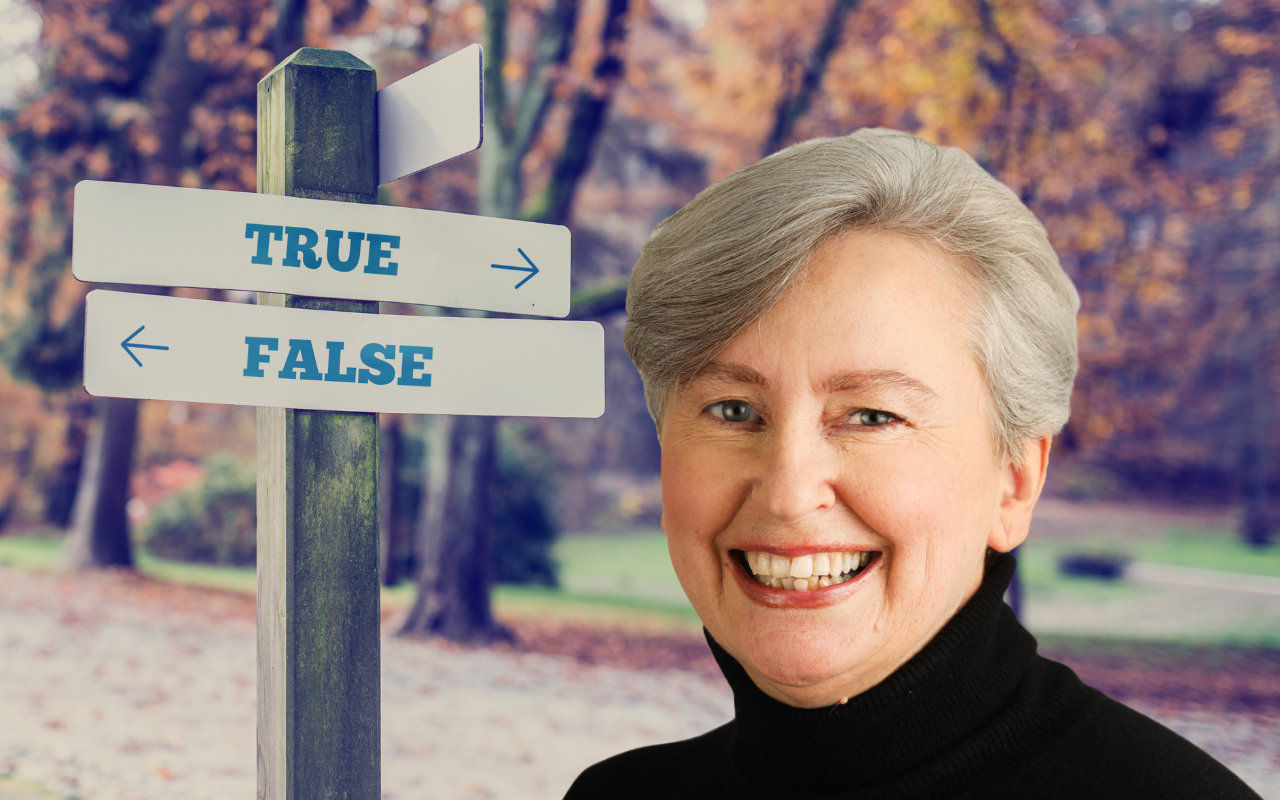Medicine can survive in the post-truth world, but we must pay much more attention to factors beyond the scientific facts, writes Dr Jillann Farmer.
In 2014, West Africa experienced the worst Ebola virus disease outbreak in history. The previous peak of cases and deaths had been an outbreak in Uganda in 2000, with 425 cases and 224 deaths. In the West African outbreak of 2014 more than 28 616 people were infected and 11 325 people died, with the majority of cases in Guinea, Sierra Leone and Liberia.
Previous Ebola outbreaks had occurred in relatively isolated areas, often in communities with limited transportation in or out. The earliest cases in Guinea in 2014 were initially thought to be Lassa fever, which was endemic in the area and is also a haemorrhagic fever, but it is transmitted through rat urine and droppings.
By the time officials realised that they were dealing with Ebola, significant transmission had already occurred. The population and the health sector had never seen Ebola before, and had no baseline understanding of the post-mortem measures required to contain it.
The borders between the three countries were porous, with social, economic and family ties creating regular traffic flow. In a desperate attempt to contain transmission, health officials in Sierra Leone escalated measures to the point of instituting “stay-at-home” orders, almost unheard of then, but now familiar worldwide after coronavirus disease 2019 (COVID-19) lockdowns. The stay-at-home orders were controversial and ultimately unable to contain the outbreak, which continued for two years.

The Ebola response versus the Covid-19 response
I and many others looked on in dismay as the outbreak spread unrelentingly. It took months to generate sufficient international aid; all the while, many people were scratching their heads and asking “Why don’t ‘they’ just do all the things?”. With the benefit of hindsight, I can see that there was an overlay of the colonising mentality that has plagued global health (here and here), and in particular global public health. At that time, the behaviours perpetuating spread were framed as peculiar to that population, those cultures, those countries.
Meanwhile, COVID-19 continues to rage across the world, albeit no longer officially a “Public Health Emergency of International Concern”. The pandemic eluded the combined intelligence of global public health leaders and resulted in some of the worst outcomes for the wealthiest nations — and massive vaccine inequity, but that is another story.
Here are some interesting parallels. Factors that made the Ebola outbreak difficult to contain are mirrored in the recent COVID-19 pandemic.
| Ebola context | COVID-19 context |
| Initial failure to recognise spread | Initial failure to recognise pre-symptomatic or asymptomatic spread |
| Population mobility | Despite international travel restrictions, the virus spread across borders rapidly |
| Cultural norms that required extensive interaction with human remains after an Ebola death | Cultural norms that require assembling in large groups without protections (church gatherings, concerts, dining, conferences) |
| Traditional beliefs about the sources and cures for the virus | Myths, misinformation and disinformation |
| Community resistance and security threats, with local militias sometimes refusing access or threatening health workers | Civil unrest and protests about protective measures |
| Highest rates of transmission found in areas of poverty | Higher infection rates and death rates among the poorest nations and communities |
There are also parallels with an analysis of beliefs in Guinea during the Ebola outbreak:
| Ebola context | COVID-19 context |
| Traditional healers were better than Western-trained doctors | Hydroxychloroquine and ivermectin will cure COVID-19 |
| Prayers would protect from infection | Prayers will protect from infection, so church gatherings can’t possibly be spreading it |
| Ebola was invented by Westerners to exterminate Africans | COVID-19 was engineered by China as a bioweapon |
| The epidemic was a result of a bioterrorism experiment conducted by Westerners on Africans | COVID-19 was a result of a bioterrorism experiment that got out of control |
| The purpose of quarantine was to test new drugs on people | The purpose of lockdowns was to desensitise the population to loss of liberty |
| The purpose of quarantine is to hasten death | The purpose of lockdowns was to bring about economic social collapse to allow burgeoning of a socialist world government |
These challenges pervade cultures and countries across the world. The COVID-19 pandemic stripped away pretence that there is a difference — misinformation and cultural beliefs trump science in any setting, with specific measures beyond information needed to counter them.
The assumptions of Western superiority meant that lessons to be learned from the Ebola outbreak were seen as lessons for “over there”. There is a well documented epistemological bias against research generated in low income countries. The global communities and wealthy nations never recognised that they shared the same vulnerabilities. But the warning signs were clear. We are every bit as vulnerable to misinformation (and perhaps more so) as our African counterparts.

A post-truth world
In 2016 and 2017 there was a burgeoning of publications about the post-truth world. This was probably precipitated by the blatant disregard for truth displayed in some notable political campaigns (the United States presidential elections and Brexit). But in reality, misinformation and disinformation have been with us for centuries.
Due to the ease of connection with social media, people with beliefs based outside of reality can find others who share those beliefs and have them reinforced and amplified. Disinformation and misinformation gained so much traction that they became a secondary pandemic and the term “infodemic” was coined. The United Nations had a focused COVID-19 misinformation strategy to lead a global pushback against COVID-19 conspiracy theories, misinformation and disinformation.
In my experience, medical practice in the post-truth world can be exhausting. Maintaining a respectful engagement with the fifth patient of the day who is convinced that COVID-19 vaccines will re-write their DNA is hard. Conversations with colleagues who give fuel to antivaccine conspiracy theorists are frankly terrifying. And yet, we continue to have a duty to engage and to help people find a way to reconcile their beliefs with the science because if we, as a profession, don’t, then who will? We are in fact the very frontlines of the battles in the infodemic.
This is where health professionals, but in particular general practitioners, have a definite role, although it is a role that is under threat as the model of having a regular doctor is becoming less and less common. In countering misinformation, relationships matter. Trust matters. The labour of having seen patients through hard times with good emotional intelligence, sound science, and well timed support earns credibility that erudite but remote experts lack. The relationship is the currency of credibility in general practice, and the loss of that trust removes another tool from the fight against misinformation.
In describing the tobacco information wars, political writer Matthew D’Ancona argued, “the aim was not to win the argument, but to upset the notion of scientific consensus – not victory, but public confusion, and enough doubt to prevent tough action against smoking”. We have seen this play out in climate science and, unfortunately, in the COVID-19 pandemic, with too many “experts” willing to propagate inaccurate information. It created (and continues to create) confusion, legitimises misinformation, and has damaged the credibility of our profession.
Medicine can survive in the post-truth world, but we must pay much more attention to factors beyond the scientific facts. Like the anthropologists deployed by World Health Organization to help turn the Ebola outbreak around, we must understand that beliefs and behaviours are not just driven by facts, and we somehow must find the balance to walk to into that place that traps people, without getting caught up ourselves.
Dr Jillann Farmer is a Brisbane-based physician, currently working in emergency.
She is also the National Project Manager for RACMA’s Culture of Medicine Project and worked to support the UN Mission for Ebola response from 2014 to 2015.
The statements or opinions expressed in this article reflect the views of the authors and do not necessarily represent the official policy of the AMA, the MJA or InSight+ unless so stated.
Subscribe to the free InSight+ weekly newsletter here. It is available to all readers, not just registered medical practitioners.
If you would like to submit an article for consideration, send a Word version to mjainsight-editor@ampco.com.au.

 more_vert
more_vert
I think this comparison is false. Traditional medicine (with many variations) is part of a belief system to explain why bad things( death, crops fail, et) happen to good people. They may occur due for example to breaking taboos, witchcraft , family discord,etc – and “healing” is rituals that involve resolving these spiritual matters ( see wiki Evans Pritchard , great anthropologist).
This is vastly different from Trump etc who distort sconce for political ends
Thanks for this important article. There is now good evidence that the backlash against COVID vaccines – fuelled by the wide-casting of misinformation – has also led to reduction in the rates of routine immunisations for children.
There must be many people reading here who recall treating miserable and critically ill children with HiB meningitis, epiglottitis, measles encephalitis and so much more, It’s so important that we do not allow misinformation to de-rail the health gains for our children and those to come.
We are responsible for delivering health care information and advice and are generally trusted by our patients. It is also our responsibility to be up to date with emerging evidence so that we, ourselves, are not providing misinformation or sewing inappropriate seeds of doubt and fear.
Terms like ‘post-truth’ and ‘misinformation’ are fashionable jargon used to create the impression that the world has changed, when in reality truth is still truth; a fact is still a fact; and opinions ought to be informed by facts but need not be.
Misinformation – as a term of classification for facts which are inconvenient to a cause, or for opinions with which a person does not agree – is designed (and serves) to obscure that motive, which should be transparent.
The modern difference is not the public advent of untruths, but the speed and amplification provided by social media and the internet.
Interesting Jillanne,
Thank You for the insight
Judith O’Malleyford
I would like to ask … “What is Truth”?
Equally… “What is Pre-Truth and Post-Truth ?